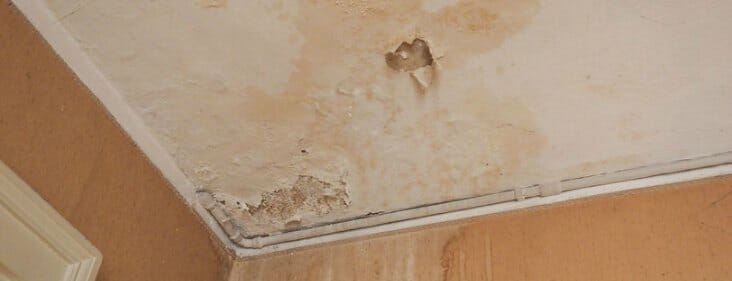Revealing Common Culprits Behind Residential Water Leak Concerns
Revealing Common Culprits Behind Residential Water Leak Concerns
Blog Article
What're your beliefs on Common Water Leaks In House?

Leaks not just create waste of water yet can additionally trigger unneeded damages to your residence and also advertise unwanted organic growth. Sadly, water leaks might go undetected given that a lot of the pipework in our residence is concealed. By recognizing as well as looking for day-to-day circumstances that cause leaks, you can shield your residence from future leakages as well as unnecessary damages. Today, we will check out six leakage triggers that may be creating your pipelines to drip.
Instant temperature changes.
Extreme temperature changes in our pipelines can create them to broaden as well as contract suddenly. This growth and tightening might cause cracks in the pipelines, particularly if the temperature are listed below freezing.
Corroded water supply
This might be the cause of staining or bending on your water pipelines. If our plumbing system is old, consider replacing the pipes because they are at a higher danger of deterioration than the newer models.
Defective Pipe Joints
The point at which your pipes connect is frequently the weakest link in the waterline. Pipe joints can deteriorate over time, resulting in water leakages. However, most of pipeline joints are not quickly visible. If you have loud pipelines that make ticking or banging sounds, especially when the warm water is activated, your pipe joints are possibly under a great deal of pressure. It is a good idea to have your plumber check your system once a year.
Elbowing in roots
Most water leaks start outside the house rather than inside it. You might notice damp spots or sinkholes in your backyard, and also that could indicate that tree origins are getting into water lines triggering water to seep out.
Poor Water Connectors
At times, a leak can be brought on by loosened pipes as well as pipes that provide your home appliances. Typically, moving is what causes the loosened water Links. You might locate when it comes to a washing equipment, a pipe may spring a leakage because of shaking throughout the spin cycle. In case of a water connections leak, you might observe water running straight from the supply line or pools around your appliances.
Obstructed Drains
Clogged drains pipes might be frustrating and also inconveniencing, yet they can often wind up creating an overflow resulting in break pipelines. Keep getting rid of any kind of products that may go down your drains that can obstruct them to stay clear of such inconveniences.
All the above are reasons for leakages however not all water leakages arise from plumbing leakages; some leakages may come from roof leakages. All leakages must be fixed promptly to stay clear of water damages.
Leakages not only cause waste of water yet can additionally create unneeded damage to your home and advertise unwanted organic growth. By recognizing and also looking for everyday scenarios that trigger leaks, you can shield your house from future leakages as well as unnecessary damages. Today, we will look at six leakage creates that may be creating your pipes to trickle.
At times, a leak can be created by loose pipes and pipes that provide your appliances. In situation of a water links leak, you might see water running directly from the supply line or pools around your devices.
How To Check For Water Leak In Your Home
How To Check for Leaks
The average household's leaks can account for nearly 10,000 gallons of water wasted every year and ten percent of homes have leaks that waste 90 gallons or more per day. Common types of leaks found in the home are worn toilet flappers, dripping faucets, and other leaking valves. These types of leaks are often easy to fix, requiring only a few tools and hardware that can pay for themselves in water savings. Fixing easily corrected household water leaks can save homeowners about 10 percent on their water bills.
To check for leaks in your home, you first need to determine whether you're wasting water and then identify the source of the leak. Here are some tips for finding leaks:
Take a look at your water usage during a colder month, such as January or February. If a family of four exceeds 12,000 gallons per month, there are serious leaks.
Check your water meter before and after a two-hour period when no water is being used. If the meter changes at all, you probably have a leak.
Identify toilet leaks by placing a drop of food coloring in the toilet tank. If any color shows up in the bowl after 10 minutes, you have a leak. (Be sure to flush immediately after the experiment to avoid staining the tank.)
Examine faucet gaskets and pipe fittings for any water on the outside of the pipe to check for surface leaks.
Undetected water leaks can happen without the home or business owner even realizing. If you suspect a water leak, but not able to find the source. It is time to contact a professional water leak detection service, The Leak Doctor.
How To Find a Water Leak In Your Home
https://www.leakdoctor.com/blog/How-To-Check-For-Water-Leak-In-Your-Home_AE197.html

I recently found that article about How to detect water leaks in your home when browsing the internet. Sharing is caring. Who knows, you will be doing someone a favor. I am grateful for your time. Please come by our blog back soon.
Fix it ASAP! Call. Report this page